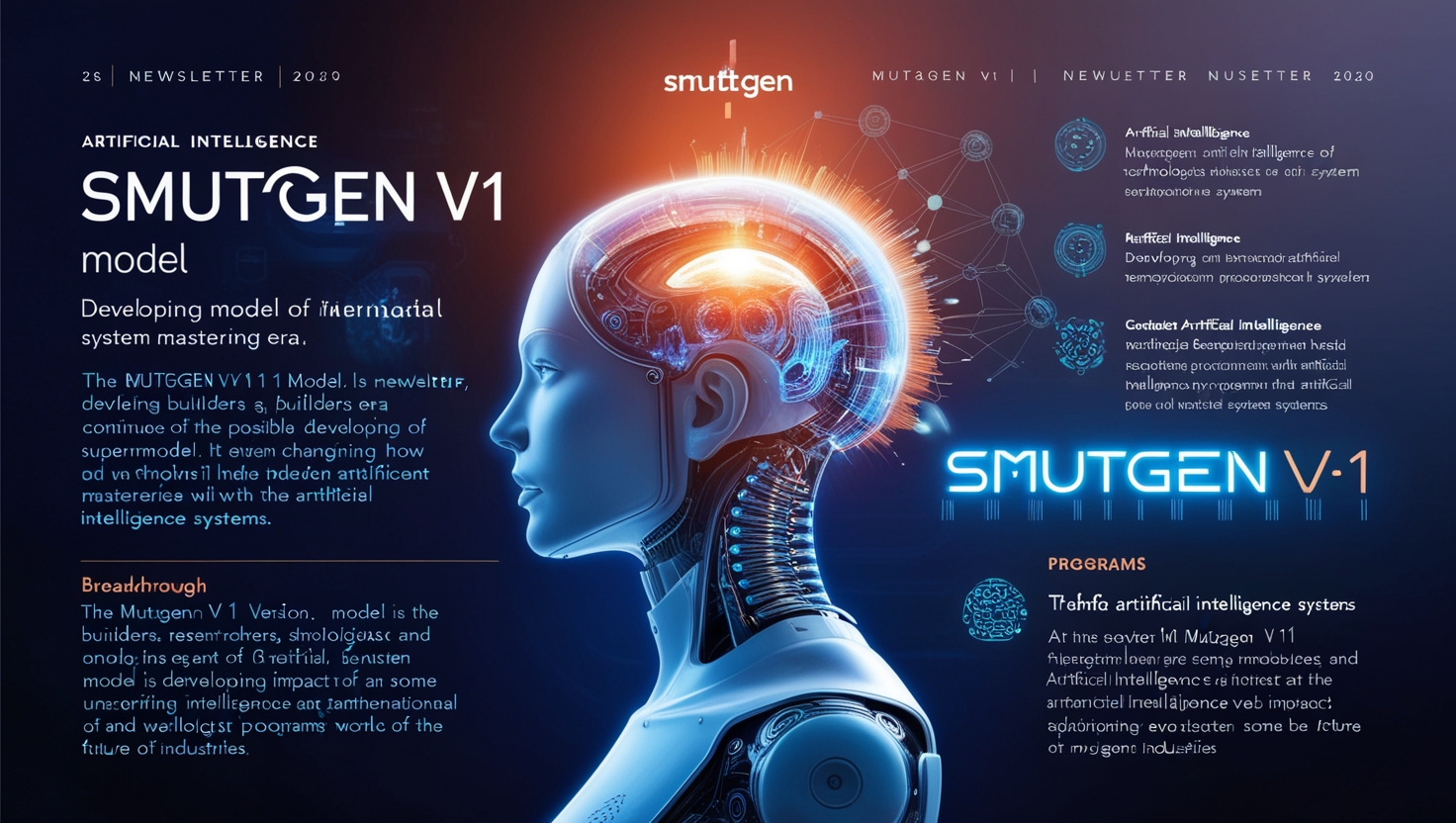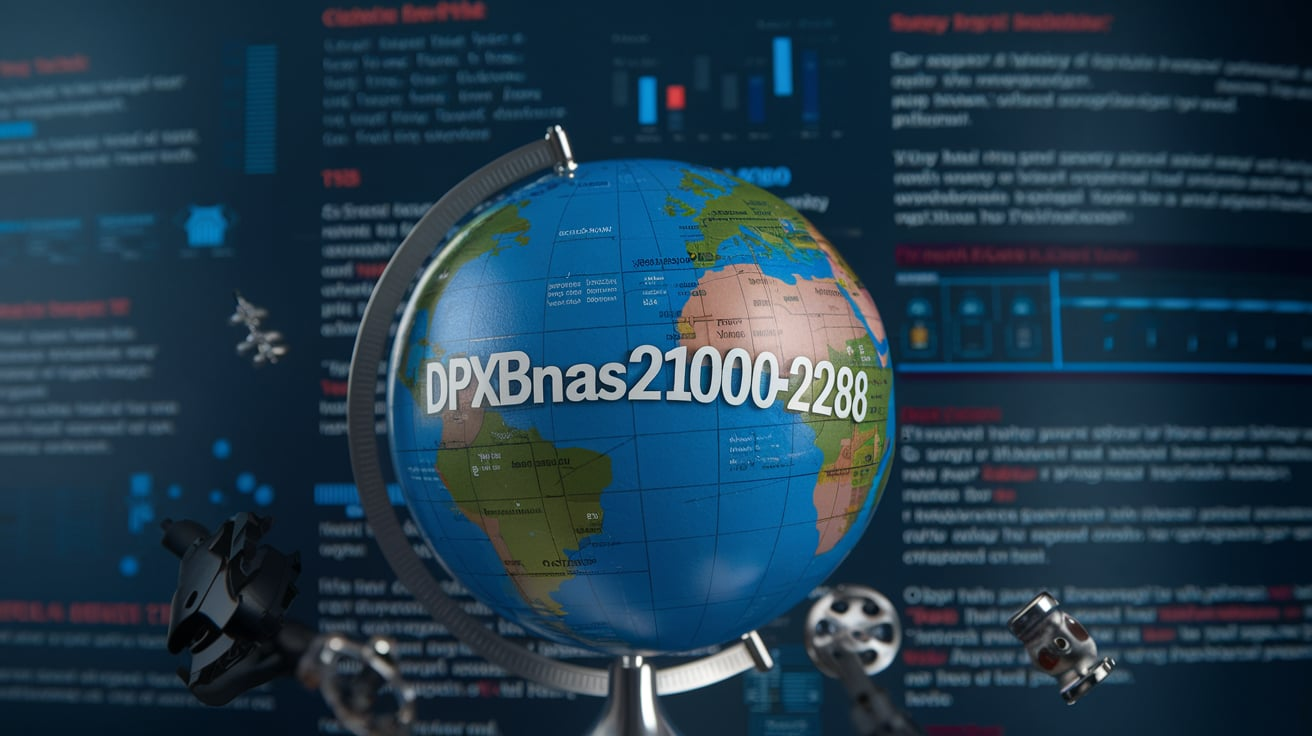In a world teeming with innovation, the linm stands out as a unique concept, bridging the gap between technological advancement and practical application. Whether you’ve encountered line in specialized discussions or stumbled upon it in professional circles, its significance is steadily growing. This article delves deep into what linm entails, its origins, applications, and the potential it holds for the future.
The Origin and Meaning of LINM
The term line may appear as an enigma at first, but its meaning has roots in diverse industries and applications. Derived from technical terminologies or niche industries, line has grown to encapsulate various aspects of technology, methodology, or even philosophical approaches to problem-solving. The exact definition of line can vary depending on the context, but its unifying trait lies in its adaptability and universal relevance.
Initially, line emerged as a response to the increasing complexity of modern systems. As industries like software development, engineering, and design faced challenges in streamlining processes, line provided an answer that balanced simplicity with innovation. Today, line has extended beyond its original domain, becoming a key term in discussions about optimization and future-forward solutions.
Applications of LINM in Technology
In the realm of technology, line plays a crucial role in enhancing functionality and performance. For instance, line methodologies have been incorporated into software design to create more efficient systems. By utilizing line principles, developers can streamline coding practices, reduce redundancies, and optimize user interfaces.
Beyond software, line finds application in hardware development. Companies have integrated line strategies to design devices that are more energy-efficient and user-friendly. This dual benefit highlights line’s ability to cater to both consumer needs and environmental sustainability.
In emerging technologies such as artificial intelligence and machine learning, linm has made significant inroads. Researchers are employing linm frameworks to train algorithms that learn faster and more precisely. This contribution to cutting-edge tech showcases the versatility and relevance of contemporary innovation.
LINM in Business and Management
Linm isn’t confined to the technological world; it has also found a home in business and management strategies. Organizations seeking to optimize operations often turn to linm for solutions. Its principles help businesses streamline supply chains, enhance employee productivity, and improve customer experiences.
One notable example of linm in action is its use in workflow management. By applying based systems, companies can identify bottlenecks, implement targeted solutions, and maintain high levels of efficiency. This approach ensures not only smoother operations but also better resource utilization.
Additionally, linm has proven beneficial in project management. Teams adopting linm methodologies report improved communication, clearer goal-setting, and higher success rates in project completion. The ability to integrate seamlessly into different organizational cultures has cemented its place as a vital tool for businesses.
Environmental Impacts of LINM
As the world grapples with environmental concerns, linm offers innovative solutions for sustainability. Linm has become a cornerstone in green initiatives by focusing on efficiency and resource optimization.
For instance, linm has been instrumental in developing renewable energy systems. Solar panels and wind turbines designed with principles are more efficient and have longer lifespans. Furthermore, linm frameworks are used in urban planning to create smarter, greener cities.
Another significant contribution of lies in waste management. Through linm techniques, industries are finding new ways to recycle materials and reduce waste output. This emphasis on sustainability makes a tool for progress and a means of preserving the planet for future generations.
LINM in Education
The educational sector has also benefited immensely from linm. Educators and institutions leverage strategies to improve teaching methodologies and student engagement.
One of the most profound impacts of linm in education is in curriculum development. Schools and universities adopting frameworks can design courses more relevant to real-world applications. This ensures that students learn theoretical concepts and acquire practical skills that prepare them for the job market.
Moreover, linm has enhanced the use of technology in classrooms. From e-learning platforms to interactive tools, linm principles guide the development of educational technologies that make learning more accessible and enjoyable.
The Future Potential of LINM
One of the most exciting prospects is the role of linm in space exploration. With the increasing focus on Mars colonization and other interplanetary missions,based systems can contribute to creating sustainable habitats and efficient resource management in extraterrestrial environments.
Similarly, holds promise in the healthcare industry. From developing advanced diagnostic tools to streamlining patient care processes, linm frameworks could revolutionize how medical services are delivered.
The continued evolution of linm will depend on its adaptability and the willingness of industries to embrace its principles. As linm expands its horizons, it will undoubtedly play a pivotal role in shaping the future of technology, business, and society.
LINM as a Catalyst for Innovation
One of the most compelling aspects of linm is its capacity to act as a catalyst for innovation. At its core, enables thinkers and creators to approach challenges with fresh perspectives. In engineering, for example, has been applied to redesign traditional systems, introducing groundbreaking efficiency without compromising functionality. By prioritizing modularity and flexibility, linm-inspired designs are more adaptable, making them ideal for rapidly evolving industries.
Moreover, line has influenced innovation in artistic and cultural realms. Designers and artists utilize line principles to blend form and function, crafting works that are not only visually appealing but also purpose-driven. This combination of creativity and utility underscores the broad applicability of line in both technical and creative spheres.
The Role of LINM in Problem-Solving
Problem-solving lies at the heart of linm’s significance. Its emphasis on simplifying complex systems makes it an invaluable tool for tackling modern-day challenges. Linm encourages a systematic approach where problems are broken down into smaller, more manageable components. This technique minimizes the risk of oversight and ensures that solutions are practical and sustainable.
For instance, urban planners have integrated line strategies into city design projects to address traffic congestion and resource distribution issues. By leveraging the principles of line, planners can create layouts that prioritize efficiency and minimize waste. Similarly, in environmental conservation, line methods have been employed to optimize energy use and reduce industries’ ecological footprints.
LINM in Digital Transformation
The digital era has seen line take center stage in the transformation of businesses and services. As companies strive to adapt to rapidly changing consumer expectations, line offers a roadmap for successful digital integration. Line strategies help companies transition from traditional models to agile, digitally empowered systems by aligning technology with organizational goals.
One key area where linm has made a mark is in cloud computing. Organizations implementing linm approaches in their cloud infrastructures achieve higher efficiency, scalability, and security. Additionally, supports the creation of user-centric digital interfaces, ensuring seamless experiences for customers.
A Vision for LINM’s Future
The future of linm is defined by its potential to reshape how we approach innovation and functionality. Researchers are exploring how linm can contribute to quantum computing, nanotechnology, and even biotechnology. The adaptability of ensures that it will continue to evolve alongside emerging technologies, offering solutions that are both imaginative and practical.
Conclusion
The journey of line is a testament to its versatility and impact. Line has proven to be a game-changer from technology to education and business to environmental sustainability. Its ability to adapt and thrive in diverse scenarios ensures its relevance in an ever-changing world. As more industries recognize the value of line, its applications will continue to grow, cementing its place as a cornerstone of innovation and progress.




